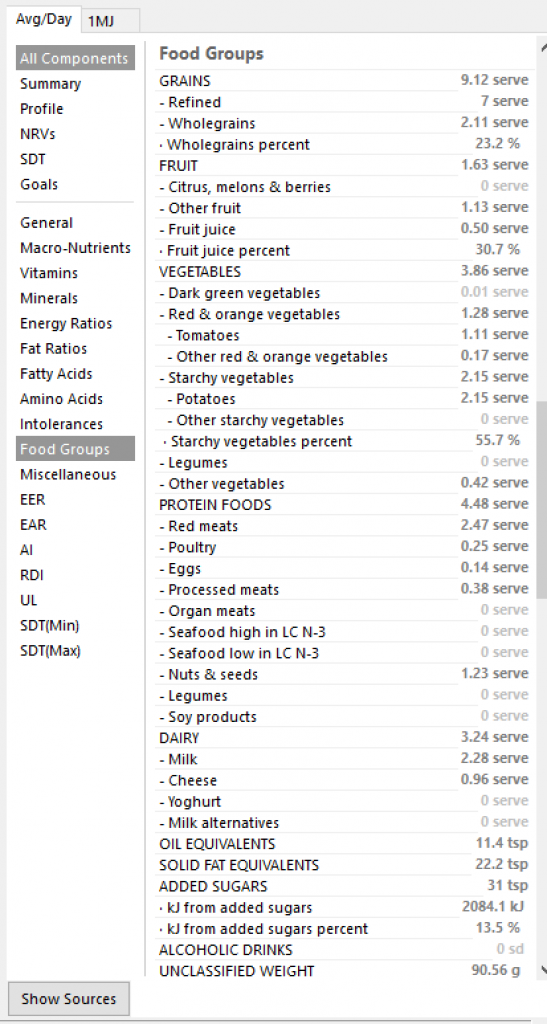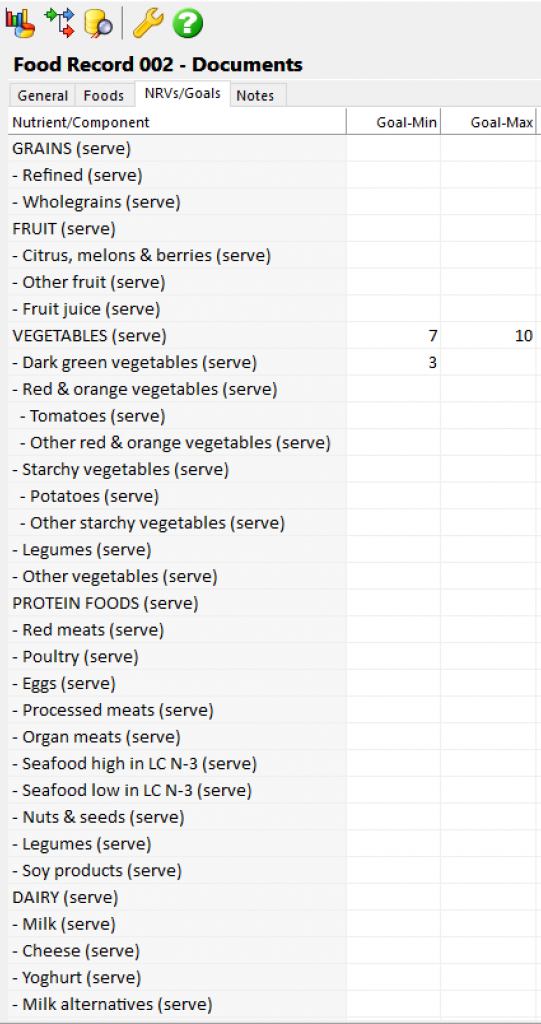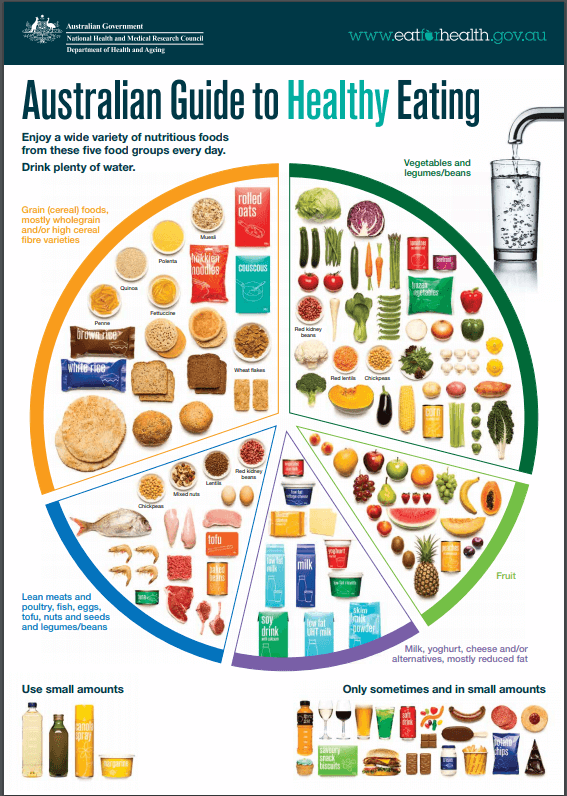‘Eat your veges!’ The value of food groups
With FoodWorks, you can move beyond a rough-and-ready assessment of food groups and instead work in a concrete, quantitative way. And you can dive deep.
Food groups can provide a practical model for assessing client diets and for helping them to choose healthier eating patterns. However, calculating the number of serves of a food group in a diet is not always easy, especially given that many foods are actually recipes or composite foods.
For example, you might ask – is my client having the recommended amount of vegetables?
Of course, people don’t necessarily eat a carrot in isolation. It will often be ‘hidden’ as a part of a dish or recipe, such as ‘lasagne’. And you might want to distinguish sub-categories of vegetables – perhaps some vegetables are ‘better’ than others for your client’s needs.
Food groups in FoodWorks
Food groups in FoodWorks Professional become a powerful lens for exploring your clients eating patterns.
The food groups in FoodWorks are designed to support the Australian Guide to Healthy Eating but also to build on it. Our approach derives inspiration from the USDA Food Patterns Equivalents Database.
With FoodWorks, you can move beyond a rough-and-ready assessment of food groups and instead work in a concrete, quantitative way. And you can dive deep.
Here are some highlights of food groups in FoodWorks.
Recipes are broken into their components
FoodWorks breaks recipes and composite foods into their ingredients/components and assigns these to food groups, aiming for a more accurate view of what is being eaten. So for example, the pasta in lasagne goes to the grains group, the milk in the béchamel to the dairy group, the carrot to the vegetable group, and so on.
The major food groups are divided further into subgroups
The Australian Guide to Healthy Eating and the Australian Dietary Guidelines promote a food selection guide based around five major food groups and recommended numbers of serves.
The food grouping system in FoodWorks includes the equivalent of the major food groups, but also provides useful subgroups. In fact, FoodWorks offers a total of 37 groups and subgroups.
So you can look at the basic breakdown of the diet – or you can dive deep and explore.
For example, the Grains groups is grouped into refined and whole grains.
And Vegetables is grouped in such a way that you can see the contribution of potatoes if you wish:
- Dark green vegetables
- Red and orange vegetables
- Tomatoes
- Other red and orange vegetables (excludes tomatoes)
- Starchy vegetables
- Potatoes
- Other starchy vegetables
- Legumes (counted both as vegetables and protein foods e.g. soybeans, lentils)
- Other vegetables

The food groups analysis in FoodWorks 10 Professional
The ‘discretionary foods’ group is no longer needed
In the Australian Guide to Healthy Eating the ‘discretionary food choices’ fall outside the 5 major groups and are those foods or drinks that ‘are not necessary for a healthy diet and are too high in saturated fat and/or added sugars, added salt or alcohol and low in fibre’.
The FoodWorks food group system does not use this classification.
Instead, FoodWorks offers some additional important food components as ‘food groups’, namely:
- Oil equivalents
- Solid fat equivalents
- Added Sugars
- Alcoholic drinks
Sodium and fibre are handled in the nutrient analyses.
Given that FoodWorks breaks recipes into their components and also provides these special food groups, the ‘Discretionary foods’ group used in the Australian Guide to Healthy Eating is no longer needed.
Setting personalised food group goals
In FoodWorks, you can set personalised nutrient goals for your clients. You can do the same for any of the food groups.

Personalised food group goals in FoodWorks 10 Professional
Cross-checking with nutrient analysis
The food groups model is designed to ensure that people eat appropriate quantities of essential nutrients. Of course, in FoodWorks, after assessing a diet using food groups, you can then cross-check its nutrient levels. The Nutrient Reference Values included in FoodWorks provide a framework. For example, you can easily enquire into whether your clients are having enough zinc or B12.
More information on food groups in FoodWorks Professional
For more information, go to our support site: Food groups in FoodWorks
NOTE: Our food groups system has been built using underlying AUSNUT 2013 data, including its recipe data, and is subject to the limitations arising from this. We have more developments planned for the future.
Related articles
Interpreting NRVs and putting your findings into practice
A quick refresher on working with Nutrient Reference Values (NRVs) in FoodWorks to assess your client’s nutritional adequacy.
Read More ›Learn the basics of FoodWorks Professional
Keen to provide expert nutritional analysis for your clients? Here’s help to get started.
Read More ›Where does the food data come from?
Ever wondered where we source the food composition data available in FoodWorks?
Read More ›
